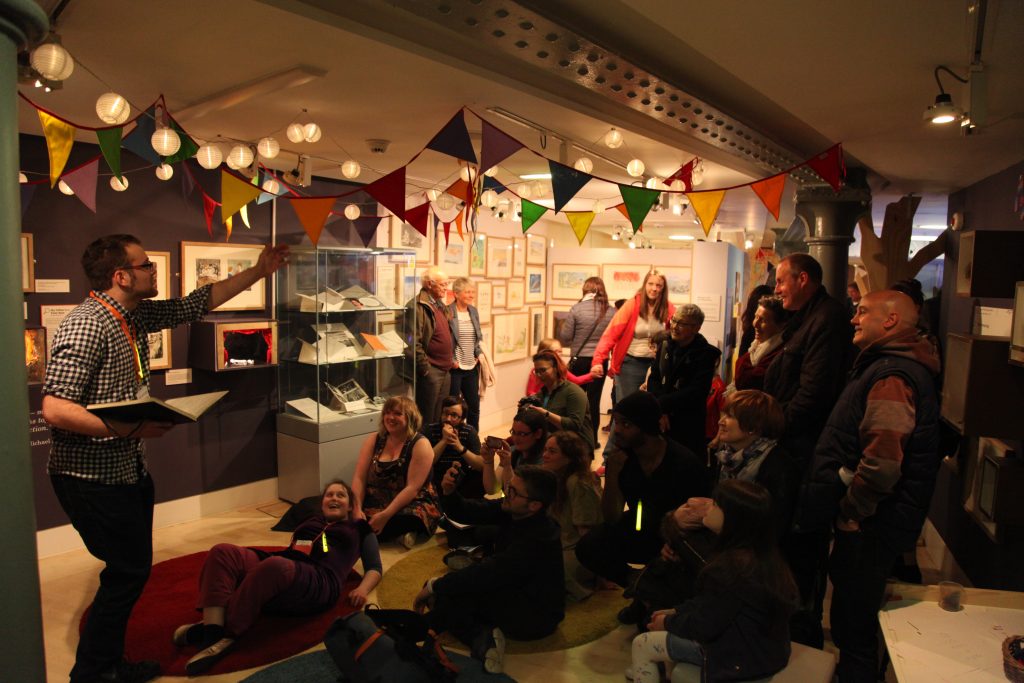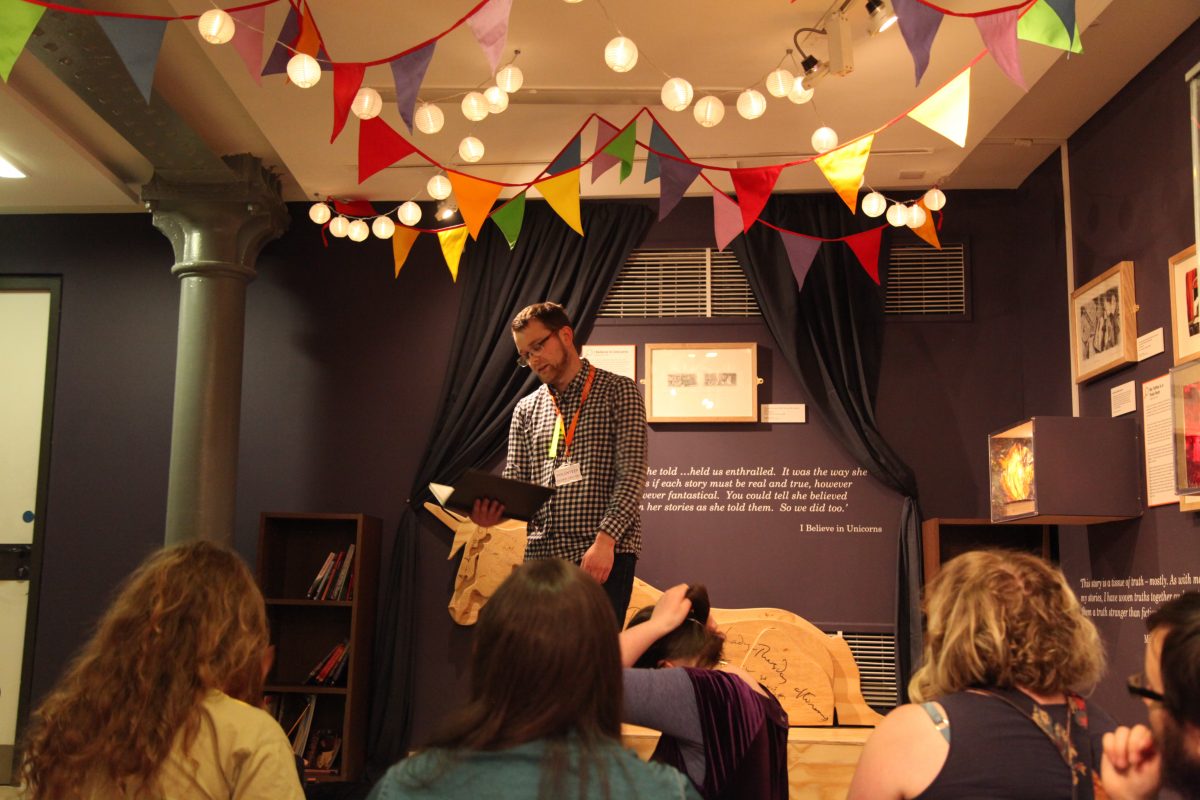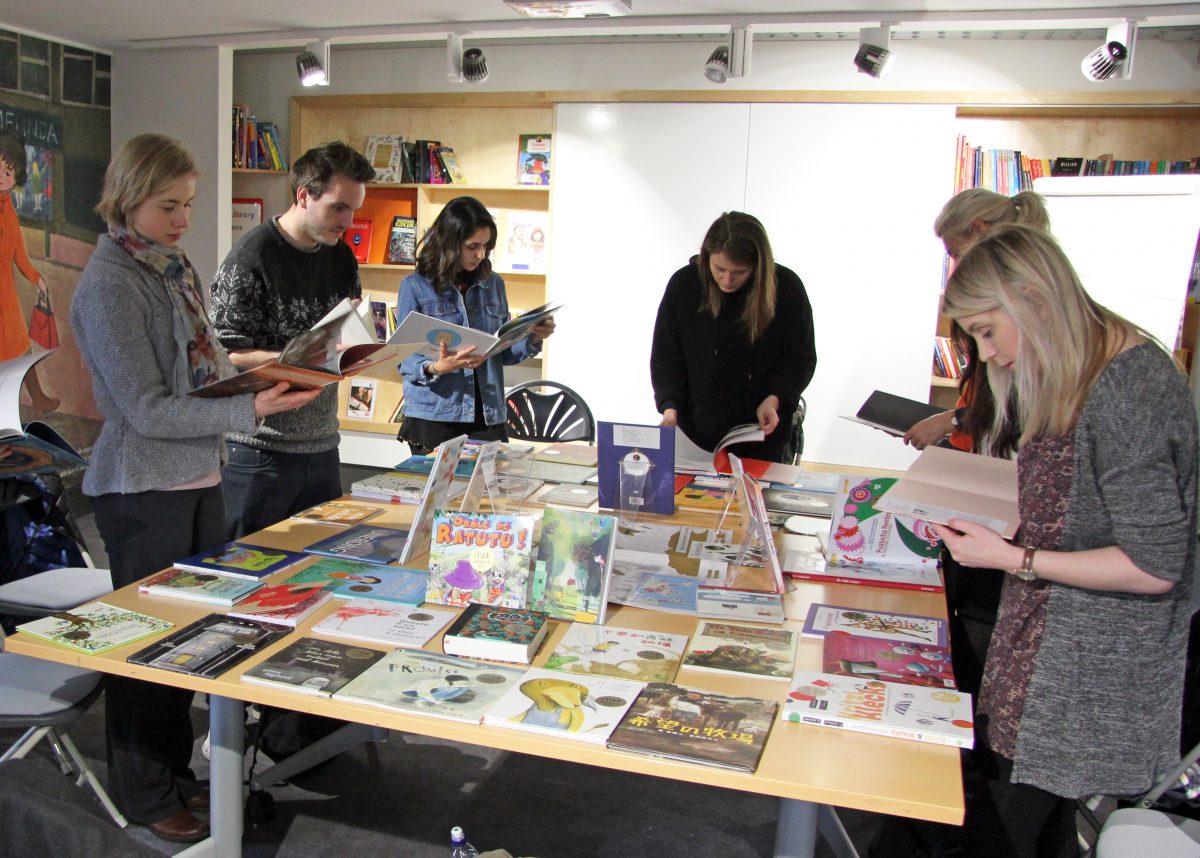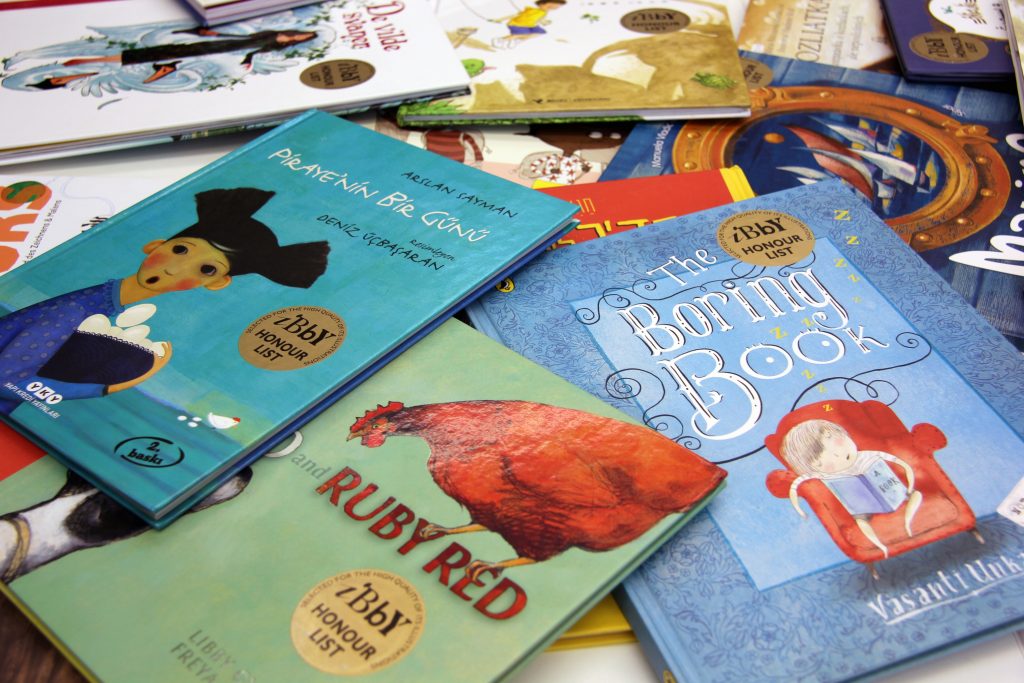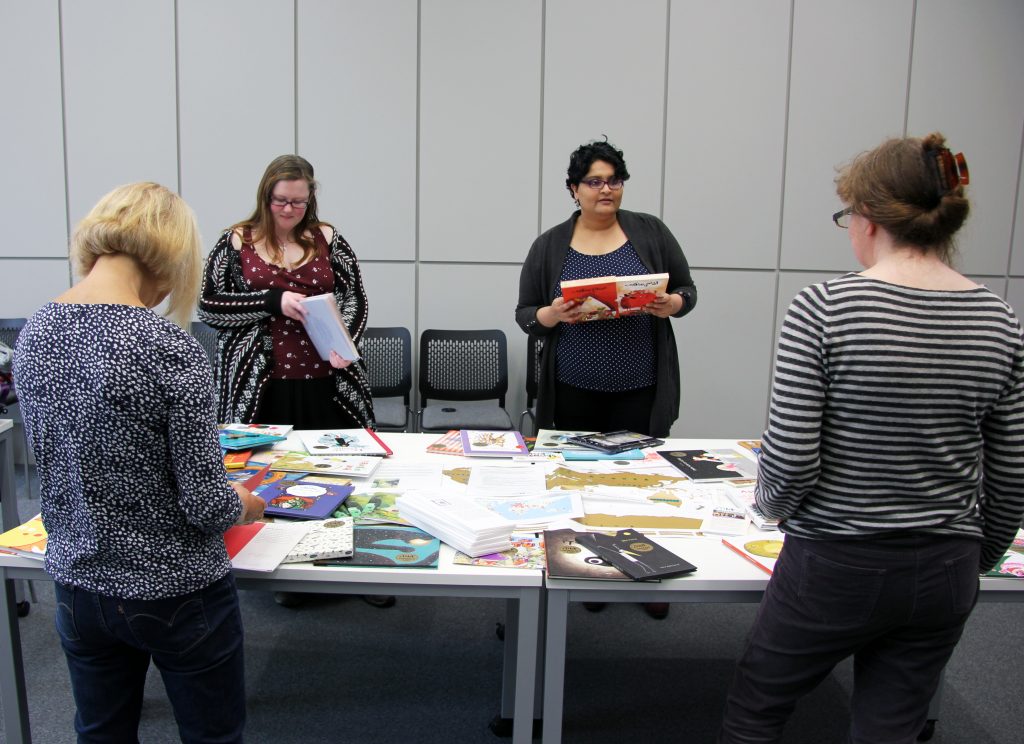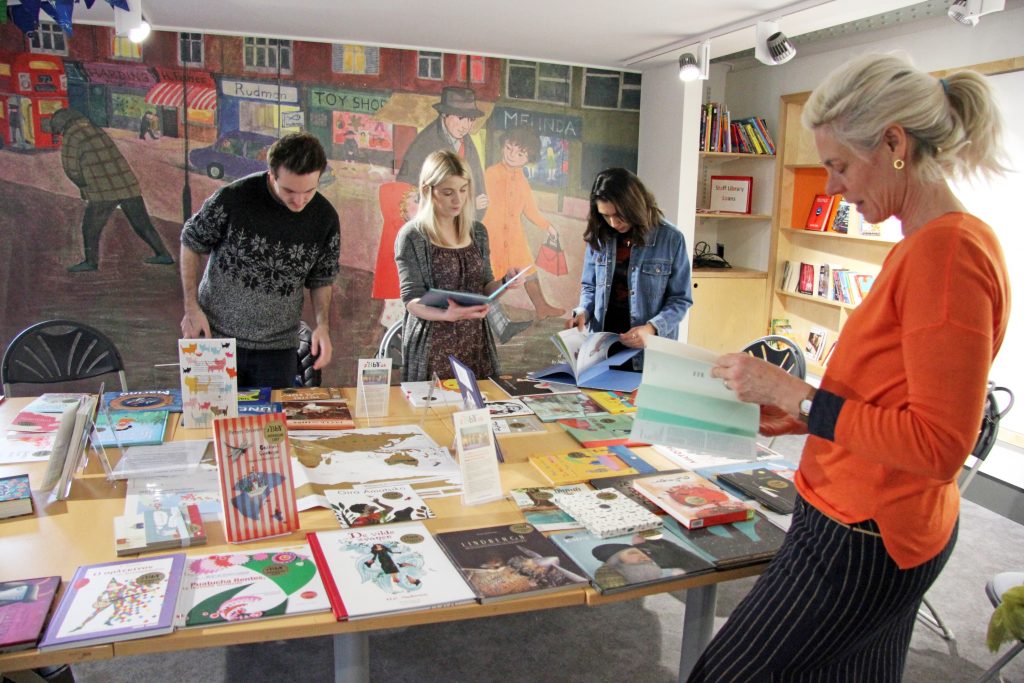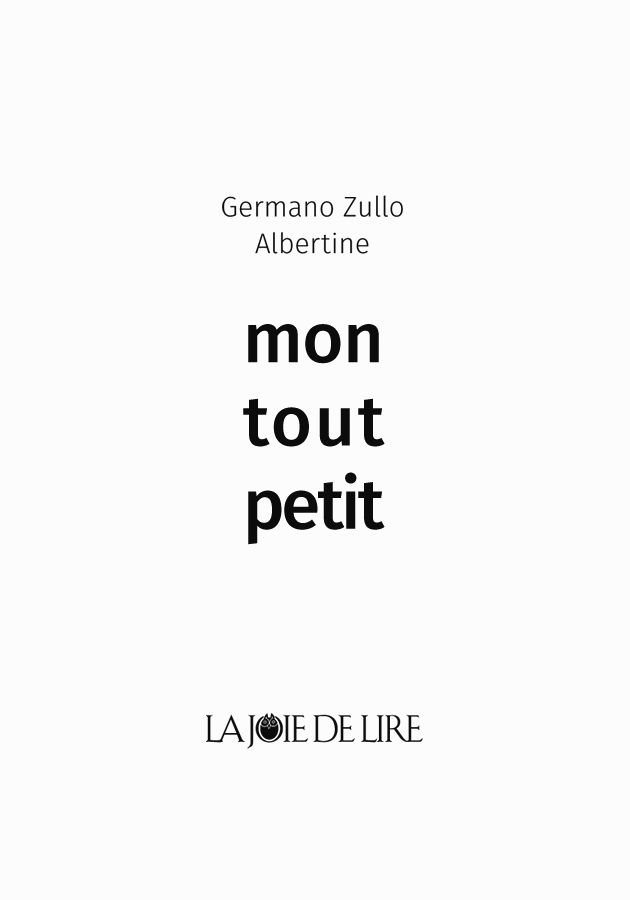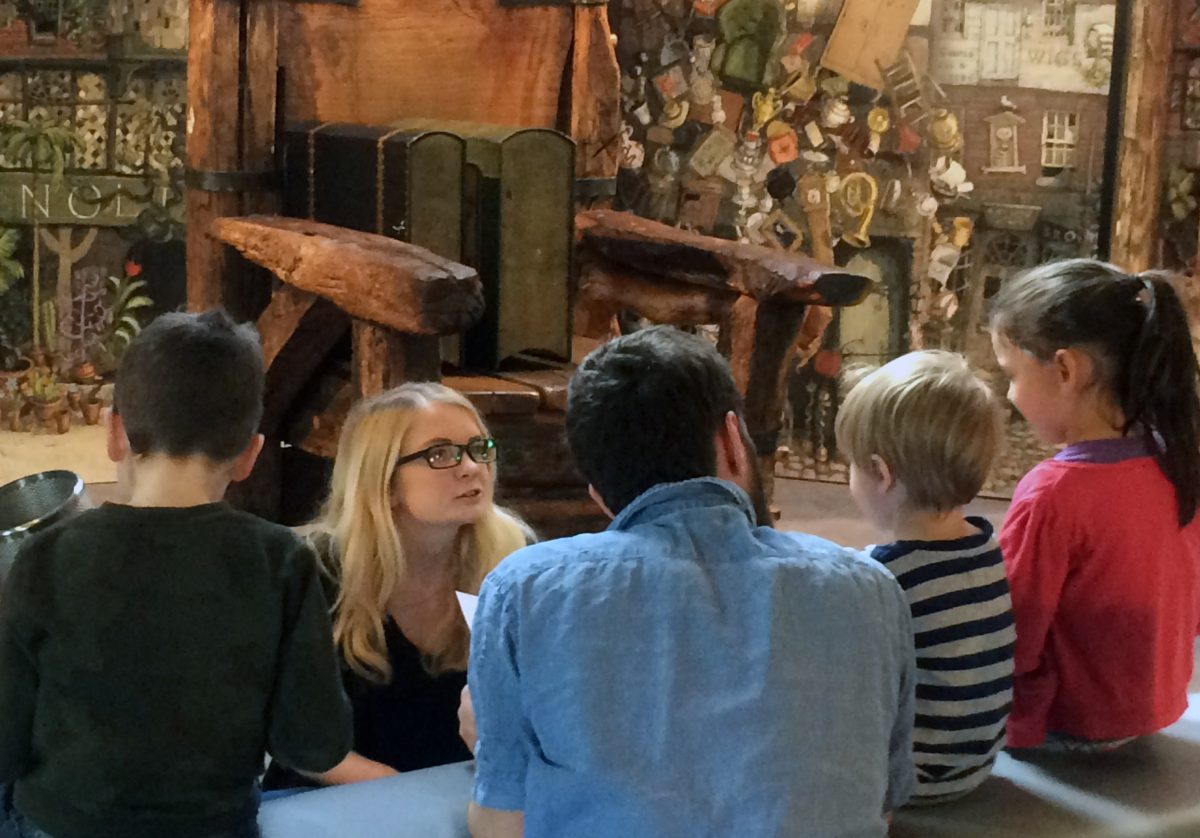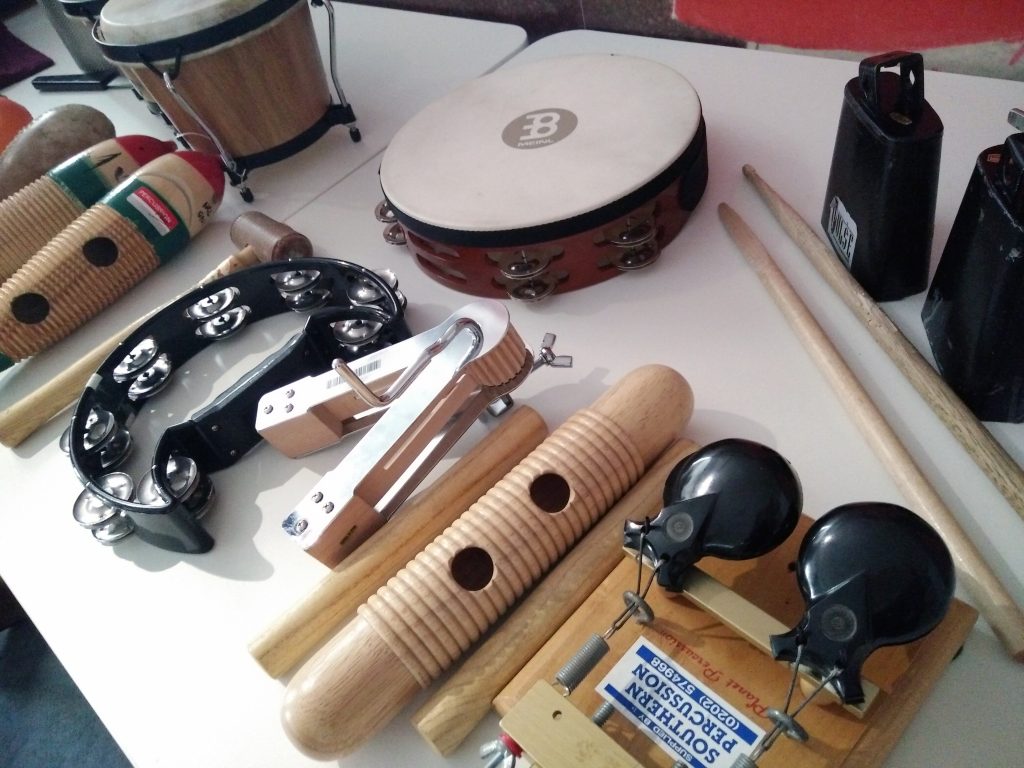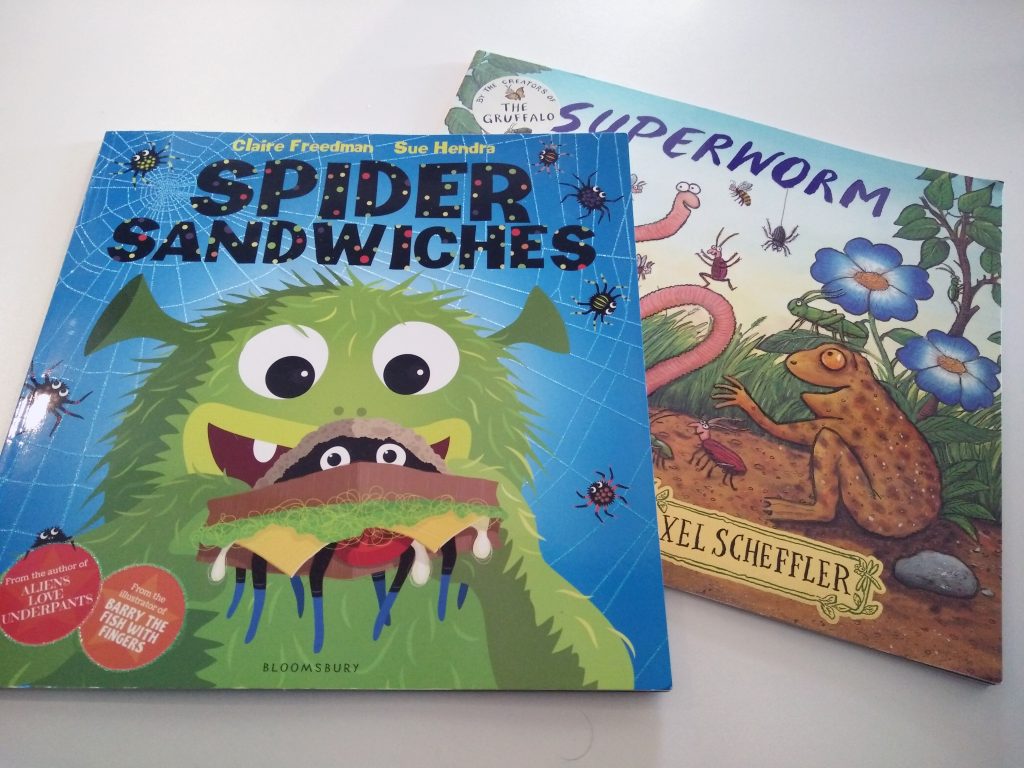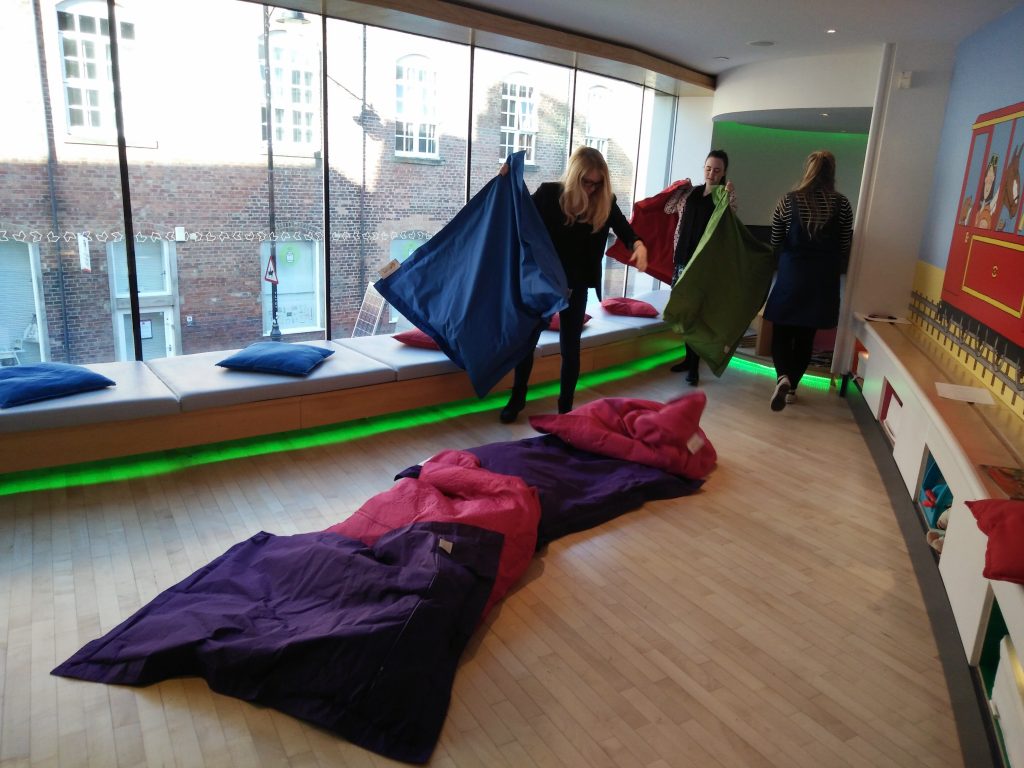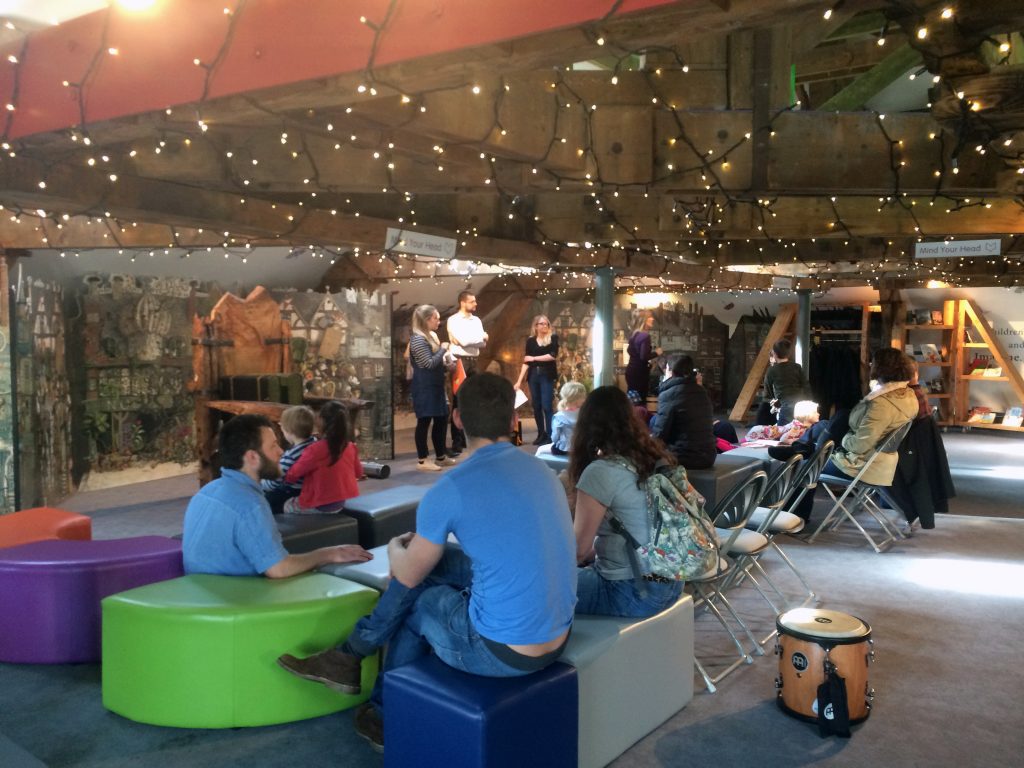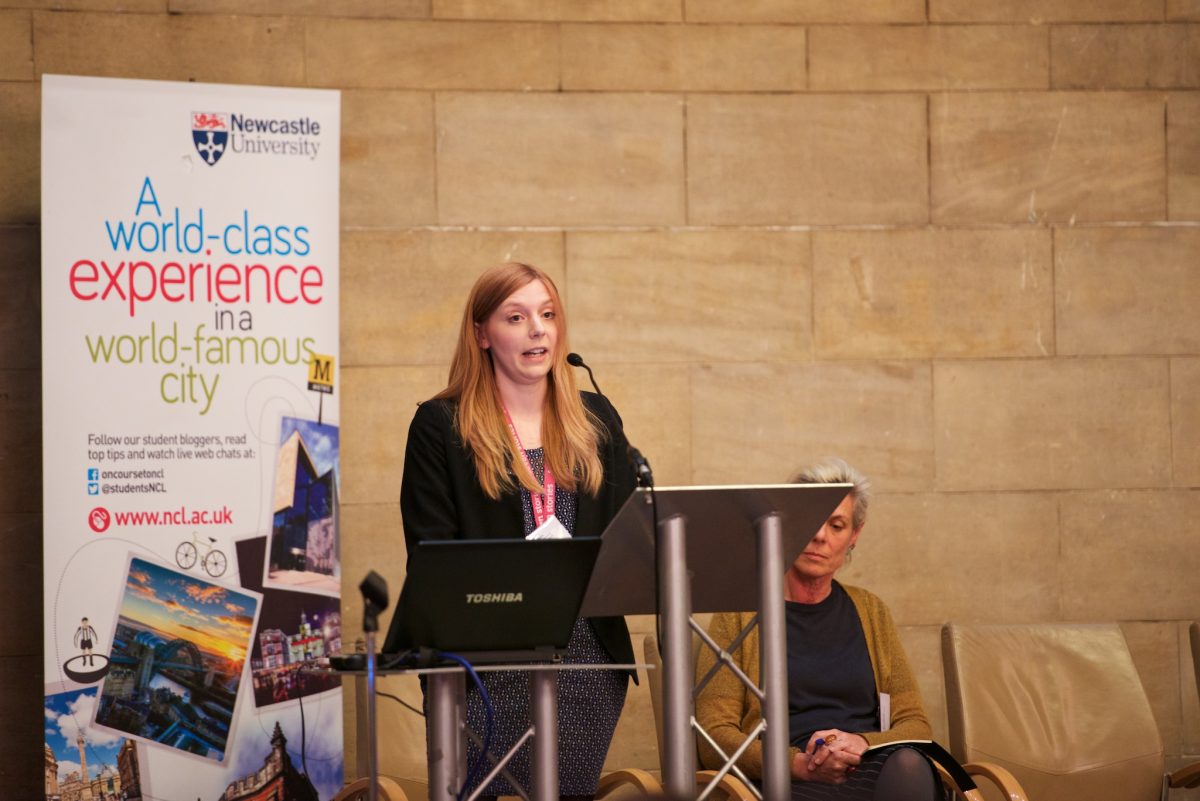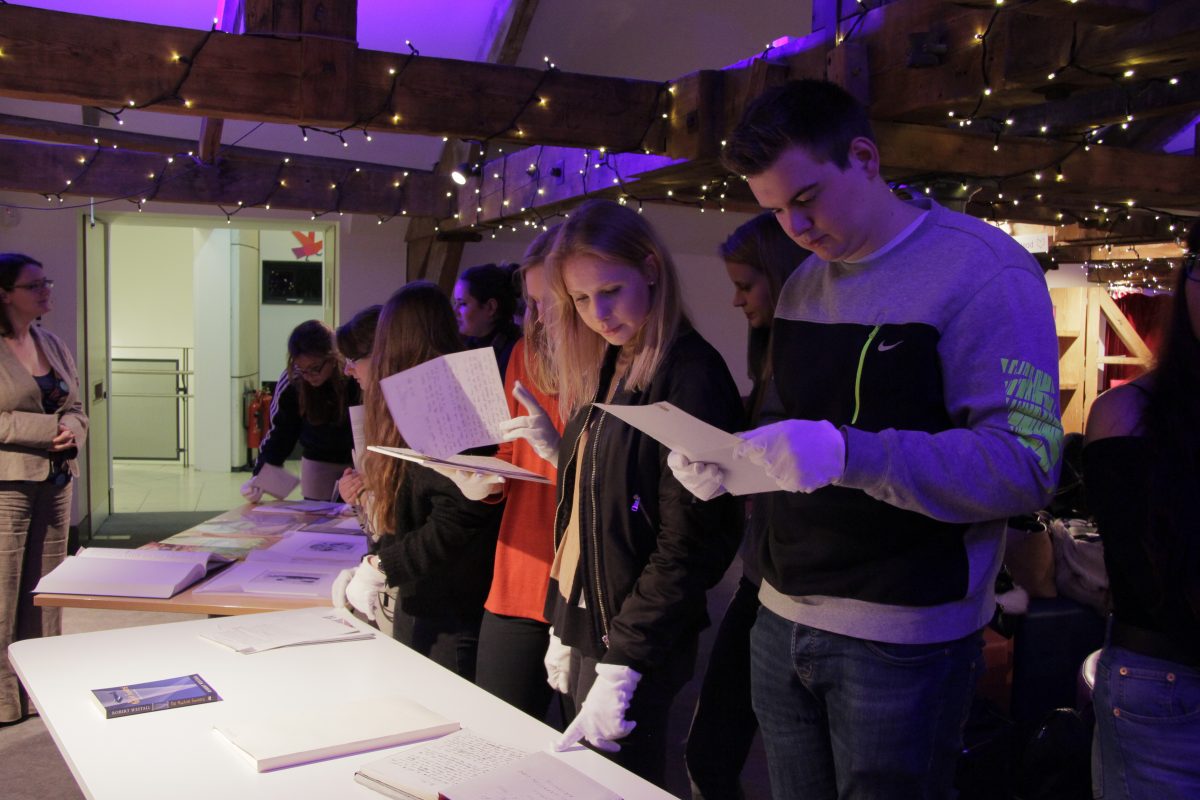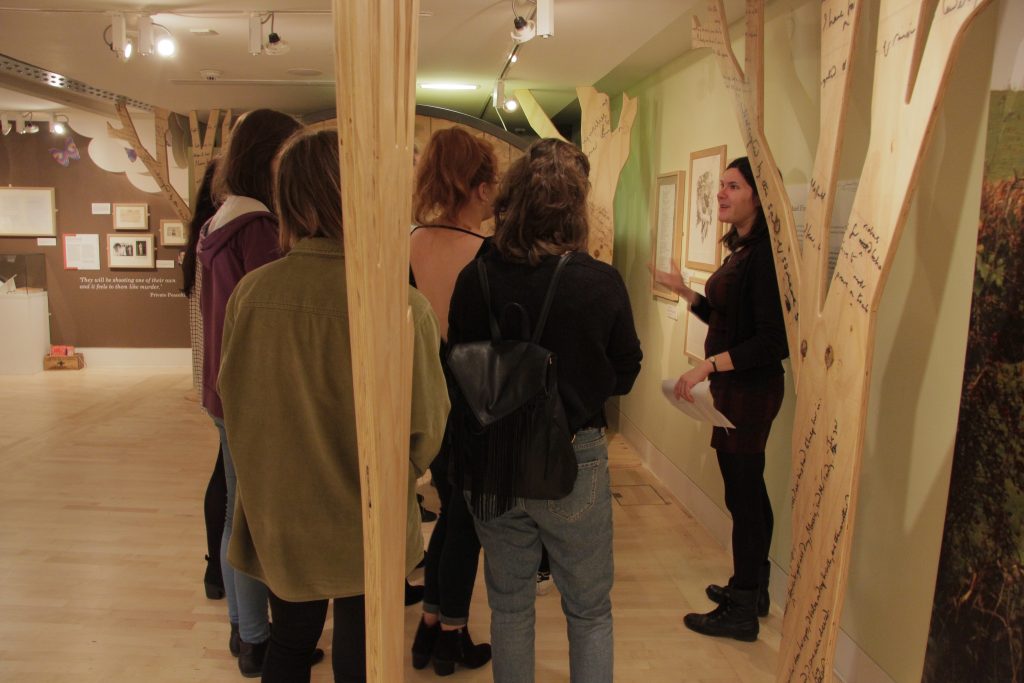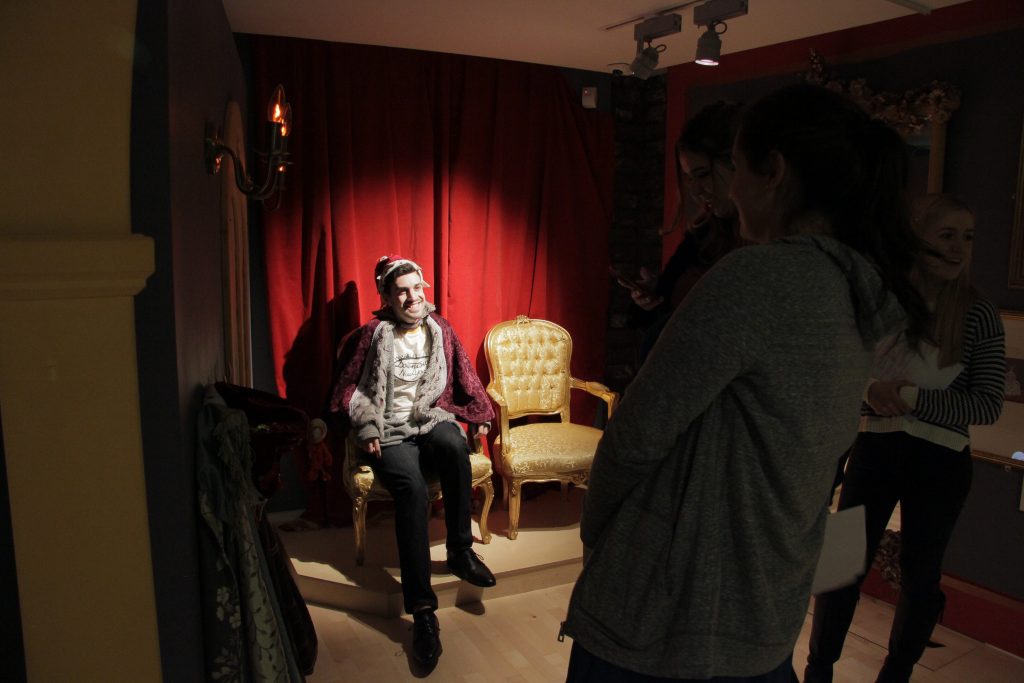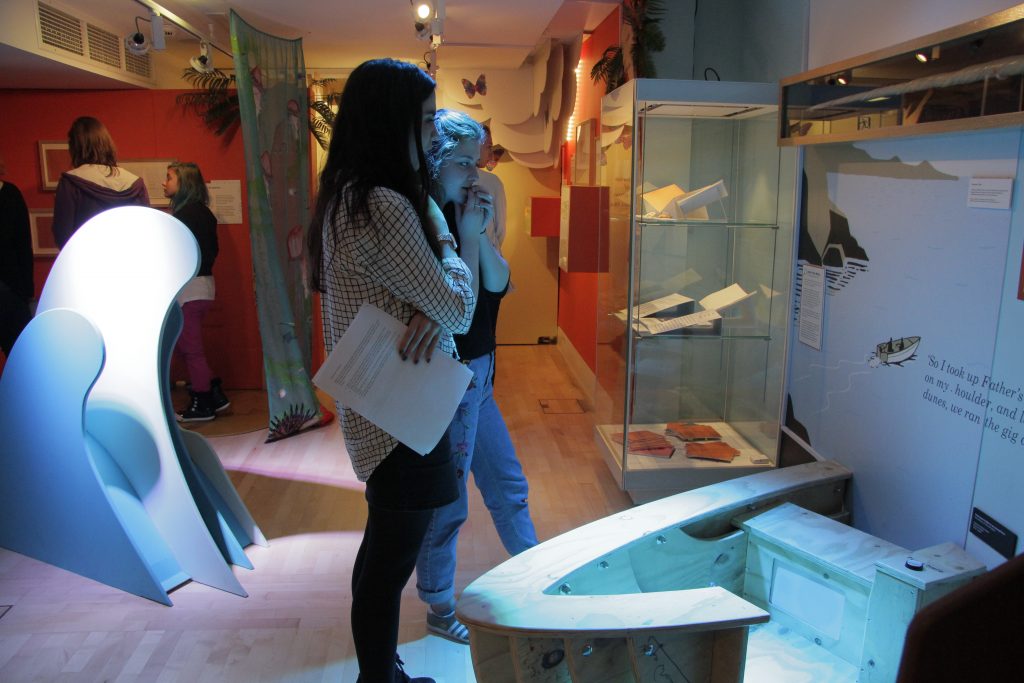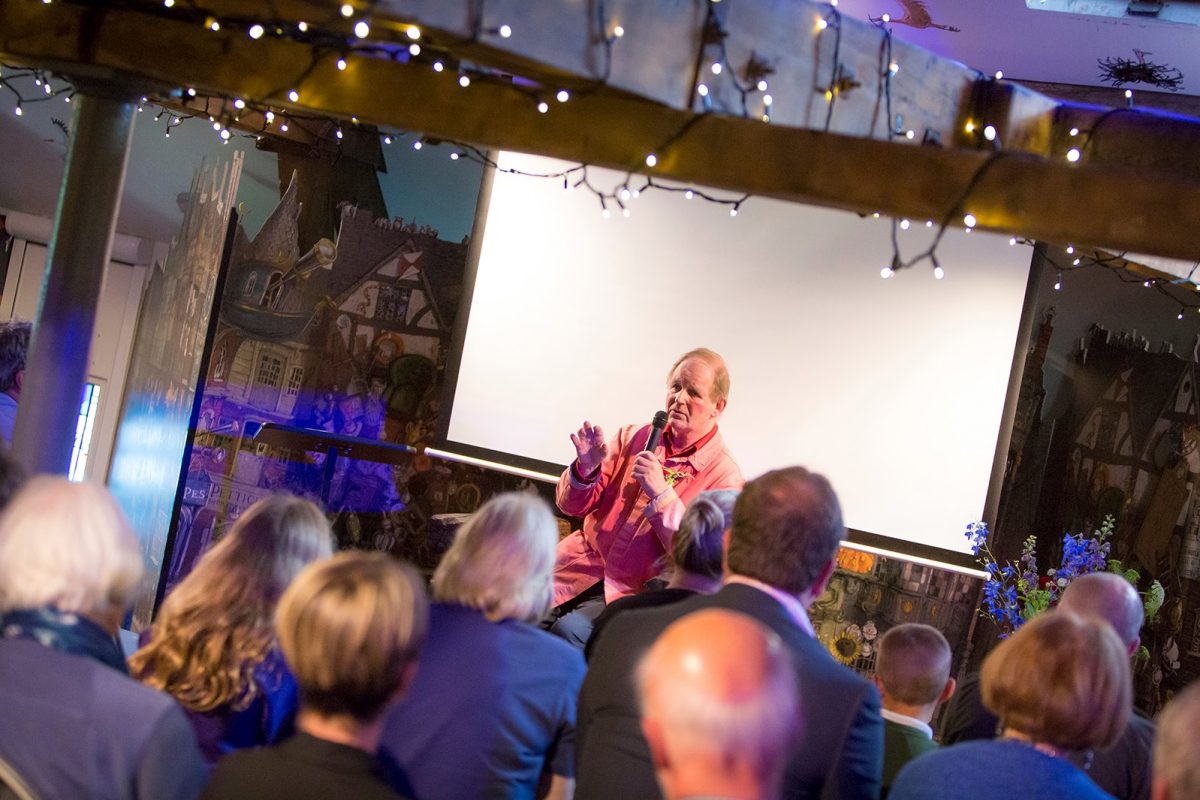In May, cultural venues across Newcastle Gateshead participate in The Late Shows, part of the Museums at Night initiative. For this year’s Late Shows, Seven Stories: The National Centre for Children’s Books presented new artworks by students from Newcastle University’s MA in Creative Arts Practice, a postgraduate programme which focusses on creativity, interdisciplinary projects and digital technologies.
The MA in Creative Arts Practice programme director, Dr Tom Schofield, suggested the collaboration as part of an existing module around Enterprise and Research Methods. Dr Schofield said: “In our programme, we think about professional practice in terms of the way that our work makes sense in public. What does it mean to work with others? What do you need to make your work work in this environment?” This fitted with Seven Stories’ commitment to supporting emerging arts professionals, and presenting art and engaging audiences are core activities for the organisation.
Following a successful application for Teaching Development Funding from the University, module leaders Dr Schofield, Tim Shaw and Professor John Bowers, the Seven Stories team and I discussed a programme of activities that would lead to the MA in Creative Arts Practice students presenting a new artwork for The Late Shows 2017, when Seven Stories offers free entry late into the evening and attracts a large and diverse audience. The starting point was collaborating to come up with a suitable commission brief for the students to respond to.
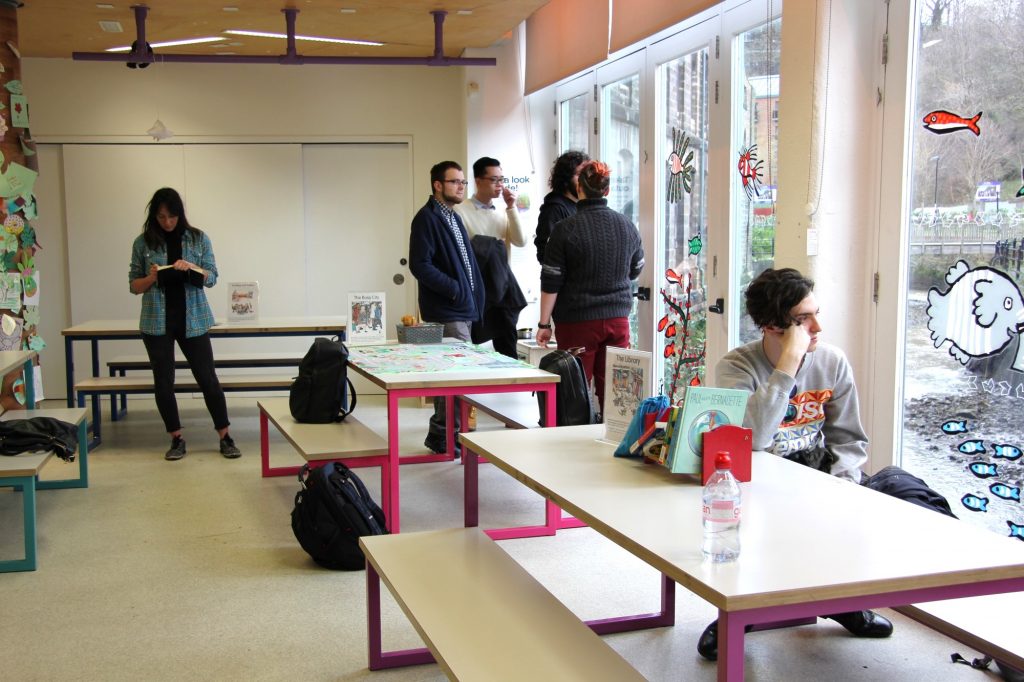
In March, the MA in Creative Arts Practice students came on a site visit to Seven Stories, where Seven Stories’ staff explained the commission brief, talked about our experience of The Late Shows, and the students had the opportunity to explore the different spaces at Seven Stories. They even took part in a story time!
The students had around a month to respond to the brief with a costed artistic proposal. All the proposals submitted showed creativity, and the students had clearly thought about Seven Stories as an organisation, and what might be suitable for our spaces and audiences.
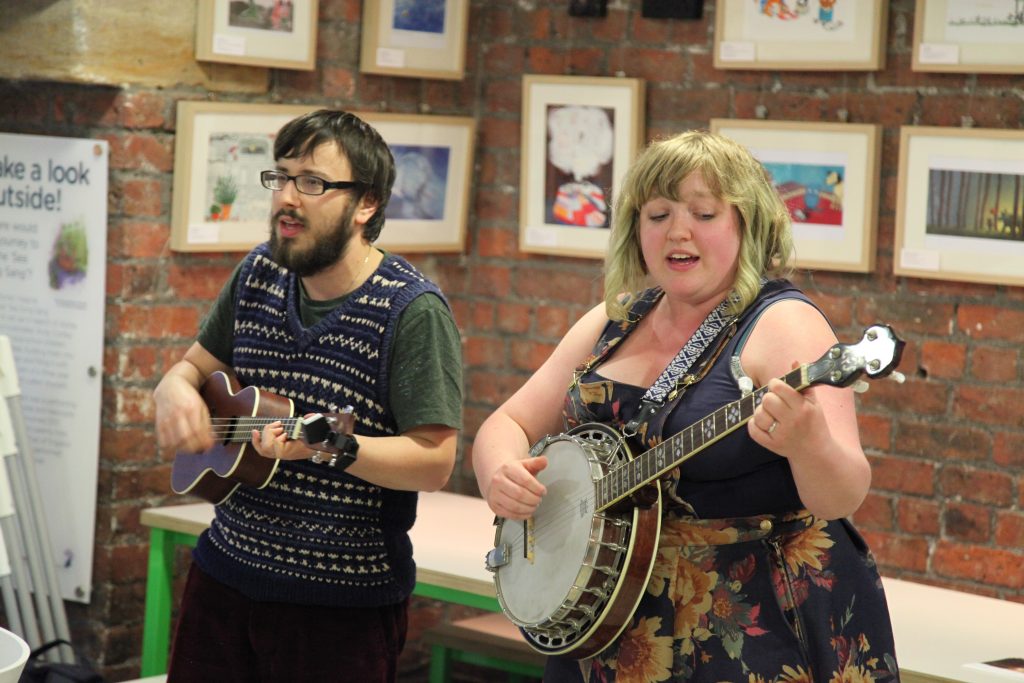
Seven Stories chose to commission two of the students, Lewis Brown and Mike Hirst, to deliver new works. We worked closely with the students as they planned their Late Shows activity over the weeks leading up to Friday 19th May, so that all of the partners were fully prepared.
Lewis curated a series of pop-up musical and poetry performances around Seven Stories, which responded to the building’s spaces and themes. Lewis said: “With Seven Stories’ support, I was able to facilitate a diverse programme of local performers popping up throughout the venue for guests to discover. Working with Seven Stories has been a pleasure and a great opportunity to apply my creative practice on a larger scale than I ever had previously!”
Dr Schofield observed that “audiences formed naturally around the events and they gelled nicely with the spaces… the performers referenced parts of the exhibition around them, using props and standing in different places, which contributed significantly to the integrated feel of the performances.” From Seven Stories’ perspective, Lewis’ programme really brought the bookshop, café and galleries to life. Operations Manager Jayne Nicholson said: “It was all very well planned – the whole building was buzzing!”
Mike presented an interactive artwork in Seven Stories’ Studio space, inspired by early children’s books. Over the course of the evening, he pulled together social media posts about Seven Stories and The Late Shows to create new chapbooks, which he printed and constructed with visitors. For Mike, taking part in The Late Shows “allowed me to fuse contemporary experience with archive content to create new and exciting possibilities.”
Mike’s artwork was complemented by a display of historic chapbooks from Seven Stories’ Collection, led by Collections Officer, Paula Wride. Paula said: “Having the old and new chapbooks together really worked well – and it was the first time we’ve really explored chapbooks at Seven Stories.” Dr Schofield echoes that sentiment: “Mike’s work felt like a very natural complement to the Studio activities. The work took on a recursive aspect as people started to tweet pictures and descriptions of the chapbooks themselves which were then reincluded!”
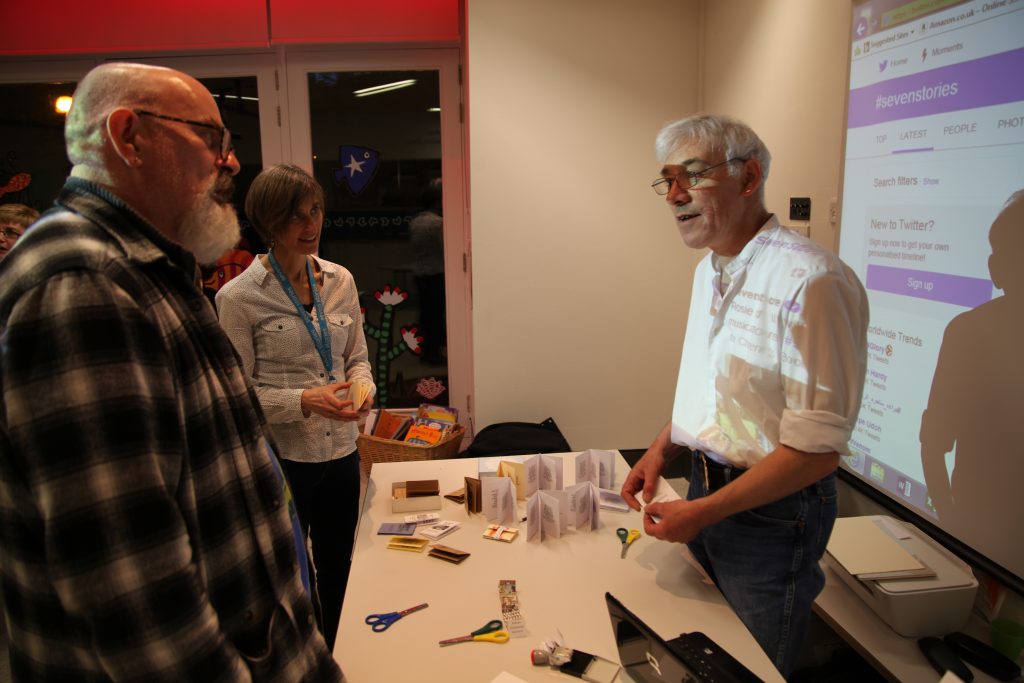
From the perspective of the MA in Creative Arts Practice, this filled the programme’s objectives by encouraging the students to respond to the challenges of a space and event format. Dr Schofield said: “I thought they stage managed the evening extremely competently and really added to the event at Seven Stories. It was a great success.”
Over 800 people visited over the course of the evening and Seven Stories were very happy with how the event went. Chief Executive Kate Edwards said: “What a fab time we had at The Late Shows! Loads of happy visitors, a great atmosphere and something going on everywhere you looked. The MA in Creative Arts Practice students were great!”
